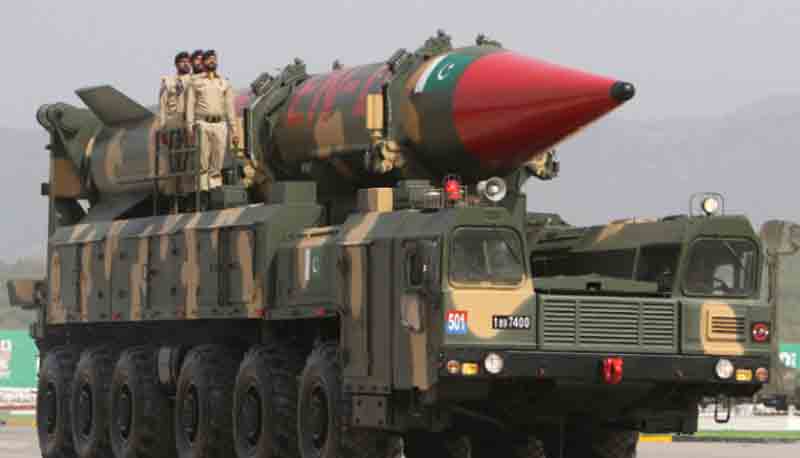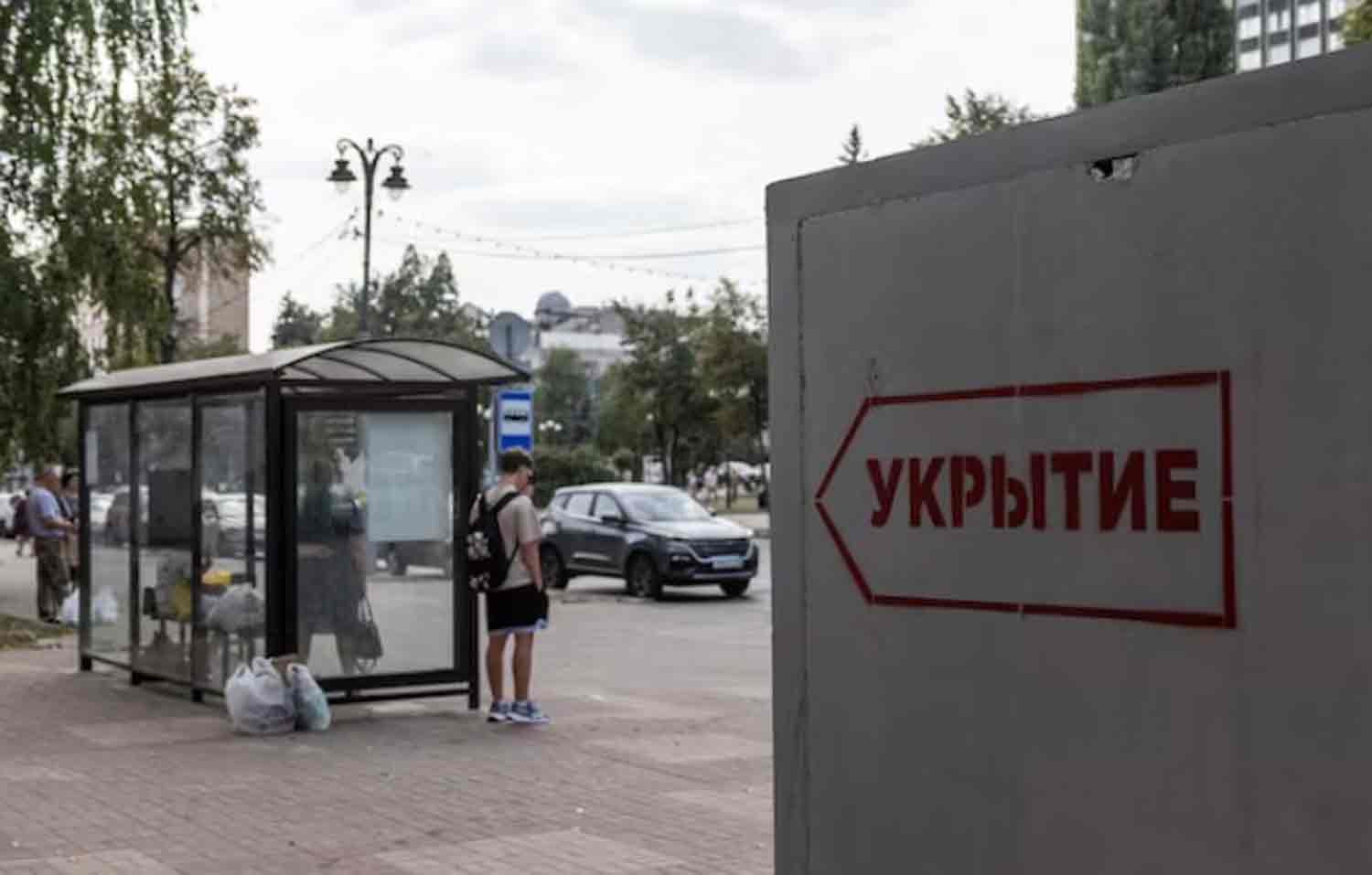In the last five years, China has established itself as the primary provider of military equipment to Pakistan, supplying around 81 percent of Islamabad’s total arms imports. This highlights Beijing’s role as Pakistan’s most reliable strategic partner and enhances China’s influence within the intricate geopolitical framework of South Asia.
During this timeframe, 63 percent of China’s global arms exports were directed towards Pakistan, with the total value of these transactions estimated at US$5.28 billion (RM23.2 billion). Data from the Stockholm International Peace Research Institute (SIPRI) indicates a seven percent increase compared to the previous five-year period (2015-2020), when China accounted for 74 percent of Pakistan’s arms imports.
This trend not only reflects Pakistan’s growing dependence on China’s defense sector but also illustrates China’s aspirations to broaden its strategic presence in the region. The rapid advancement of China’s defense capabilities, coupled with its strengthening military ties with Pakistan, has positioned Beijing as a significant player in South Asia’s security landscape.
This deepening partnership heightens the strategic rivalry between China and the United States, as Washington aims to counteract Beijing’s influence in the area. According to SIPRI, over the past five years, Pakistan has procured a wide array of modern weaponry from China, including advanced long-range drones, cutting-edge Type 054A frigates, and sophisticated missile systems.
Since the 1990s, China has served as Pakistan’s primary defense supplier. However, a significant change took place following the border clashes with India in 2016, which led Islamabad to increase its defense budget. This rise in military spending has deepened Pakistan’s reliance on Chinese military equipment, establishing Beijing as a crucial ally in matters of security and defense.
The partnership between China and Pakistan goes beyond military collaboration, extending into economic and infrastructure projects, notably through multi-billion-dollar initiatives like the China-Pakistan Economic Corridor (CPEC), an essential element of China’s Belt and Road Initiative (BRI).
A notable defense agreement in recent years has focused on enhancing Pakistan’s naval capabilities. In 2015, the two countries finalized a landmark contract for the construction of eight Hangor-class submarines.
Under this agreement, four submarines are being built at Karachi Shipyard & Engineering Works (KS&EW) as part of a technology transfer program, while the other four are being manufactured by Wuchang Shipbuilding Industry in China.
In April of the previous year, China delivered the first Hangor II submarine to Pakistan as part of this $5 billion deal, marking one of the largest military contracts ever signed by Beijing. The Hangor-class submarines, which are based on the Chinese Type 039A/041 Yuan-class design, feature advanced air-independent propulsion (AIP) systems that significantly improve their underwater endurance.
All eight submarines are expected to be delivered to the Pakistan Navy between 2022 and 2028, a development anticipated to greatly enhance Pakistan’s maritime deterrence capabilities in the Indian Ocean.
SIPRI data reveals that Pakistan has undertaken significant military acquisitions from China, including its inaugural intelligence-gathering vessel, the PNS Rizwan, over 600 VT-4 main battle tanks (MBTs), and 36 J-10CE fourth-plus generation fighter jets.
The PNS Rizwan, measuring 87 meters in length, is outfitted with three large radomes that contain advanced radar and sensor systems, making it an essential tool for electronic surveillance and signals intelligence (SIGINT). This ship is reportedly designated to monitor ballistic missile launches, particularly those from regional rivals like India and Iran.
In addition to enhancing its naval capabilities, Pakistan has strengthened its armored forces. Islamabad has entered into a contract to procure 679 VT-4 MBTs from China, which are being assembled and produced locally under the name “Haider.”
Pakistan’s military inventory includes a wide range of Chinese equipment, such as Al-Khalid MBTs (a modified version of the Type 90-II and Type 85-IIAP), self-propelled howitzers, anti-tank guided missile systems, air defense systems, small arms, and reconnaissance UAVs.
The Pakistan Air Force has also seen a notable upgrade with the addition of modern Chinese fighter jets. In 2022, Islamabad discreetly acquired 25 J-10CE multi-role fighter jets from China, a strategic move in response to India’s introduction of 36 French-made Rafale fighter jets. Former Pakistani Interior Minister Sheikh Rasheed Ahmad acknowledged that the acquisition of the J-10CE was intended to counterbalance India’s aerial superiority, underscoring the escalating arms race between the two nuclear-armed nations.
Furthermore, Pakistan is poised to become the first foreign operator of the fifth-generation J-35A fighter jet. Reports from December of last year indicated that Islamabad had finalized a deal to purchase 40 of these advanced stealth aircraft, with delivery anticipated within two years.
The J-35A, China’s second fifth-generation fighter following the J-20 “Mighty Dragon,” boasts advanced avionics, stealth capabilities, and improved combat performance. In contrast to the J-20, which is not available for export due to its sensitive technologies, the J-35A signifies Beijing’s strategic initiative to enhance its presence in global defense markets.
Speculation regarding Pakistan’s acquisition of the J-35A intensified after a significant visit by General Zhang Youxia, Vice Chairman of China’s Central Military Commission, to Islamabad. During this visit, he held private discussions with Pakistan’s Chief of Army Staff, General Asim Munir, highlighting the strengthening defense collaboration between the two countries.
The integration of the J-35A into Pakistan’s air force is anticipated to alter the aerial power dynamics in the region. With India primarily dependent on fourth and 4.5-generation aircraft like the Su-30MKI and Rafale, the introduction of the J-35A will grant Islamabad a significant advantage in air combat and stealth operations.
With China’s steadfast military backing, Pakistan’s defense modernization initiatives are set to transform the strategic landscape in South Asia. The ongoing influx of advanced Chinese military technology not only bolsters Pakistan’s conventional deterrence but also poses a challenge to India’s historical dominance in air, land, and naval forces. As Beijing strengthens its military-industrial influence in Pakistan, the evolving defense relationship between the two nations is likely to reshape regional power dynamics, paving the way for a more intricate and intensified security rivalry in South Asia.
Discover more from Defence Talks | Defense News Hub, Military Updates, Security Insights
Subscribe to get the latest posts sent to your email.





